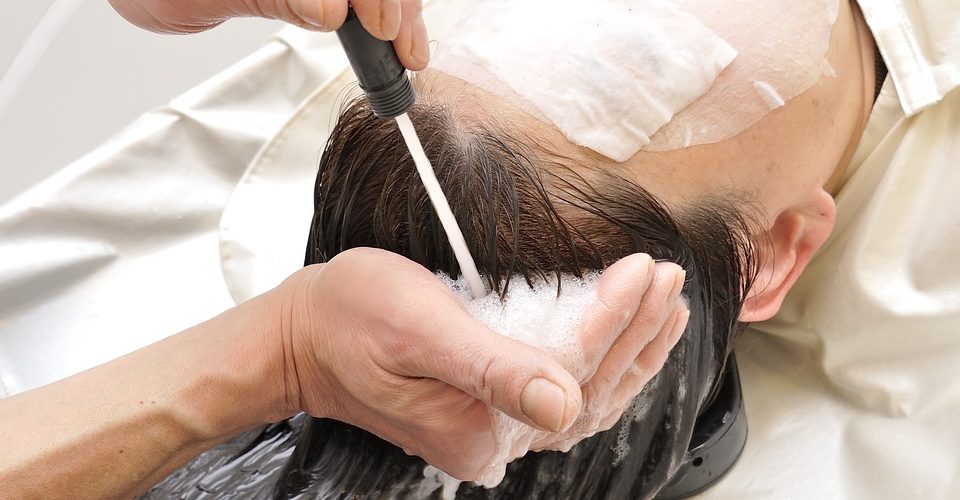Having a healthy scalp and hair is the way is excellent but knowing your scalp type is the first step to a healthy scalp.
I’ve put together some simple information to understand best how to maintain your scalp and hair. This blog/article should help you choose a Shampoo, Conditioner, Oils and Masks that are suitable as per your scalp type.
Dry scalp
A dry scalp tends to flake, and these flakes are powdery and white; very different from dandruff. Switching to a gentle hair care routine would help.
Avoid shampoos that use the words such as ‘fortifying’, ‘volumizing’ or containing sulfates as they can zap what little moisture you have from the dry strands of your hair.
- Look for shampoos that are moisturizing, smoothening or hydrating,
- It’s essential to wash your hair thoroughly and regularly if it is dry. You will notice a dry scalp can make your hair look dry from root to tip with excessive split ends and itchiness of the scalp.
- Tea tree and menthol are great ingredients for shampoos that are specifically meant for a dry and itchy scalp. Include this to help curb flakiness and moisturize the dry scalp.
- Try using a thick creamy hydrating hair mask/oils. Tea tree essential oil is perfect for a dry scalp. It is full of antibacterial, antiviral, and antifungal properties; it can also help to reduce inflammation, which by the way is a common side effect of a dry scalp.
Oily Scalp
Many people have a naturally oily scalp, which results in greasy hair. I’ve read that over-active sebaceous glands produce an excessive quantity of sebum. In some cases, the strands can stick together which can make the hair limp and lank.
I suggest avoiding shampoos that are hydrating, moisturizing, balancing and strengthening. These can bring more moisture to the already oily scalp.
The locks tend to get greasy, waxy flakes on the scalp develop within a day or two after a wash. Clarifying shampoos help rinse out oil build-up on the scalp.
- Spend a few minutes to really work the shampoo into the scalp and rinse thoroughly.
- You may need to shampoo twice.
- Use a conditioner only on your mid-lengths and ends to avoid anywhere close to your scalp.
- Aloe Vera can be used as a hair mask. It has the cleansing enzymes to unclog grease-filled hair follicles and eliminates the oils.
- Apple cider hair rinse can also help as it contains acetic acid. This helps balance the pH level of the scalp, even controlling the secretion of excess oil.
Combination scalp
Combination scalp hair type has rough-dry, frizzy, limp ends that are prone to oily, greasy flaky roots. This can commonly occur with people with long hair.
I suggest using a combination of products: A shampoo designed for your oily scalp. A nourishing conditioner for those damaged ends
.
- Make sure to work the shampoo into the scalp only and then slightly and gently through the strands of your hair and use your conditioner on your ends and avoid the scalp.
- if you have arid frizzy ends and split ends, the best thing to do is to snip them off, and that will ensure healthier looking hair.
Normal scalp
A Normal scalp usually means your hair is shiny, supple and looks healthy. This can be the result of a well-balanced, healthy lifestyle and diet, combined with proper hair care routines using the right products.
Your hair is pretty natural to manage and is not oily, greasy or dry; even if you haven’t washed your hair for a day or two. Styling products don’t irritate your scalp, and your hair is pretty soft and smooth. Even your scalp and hair are pretty low-maintenance. It’s essential to keep them that way. So I suggest using any mild shampoo and conditioner.
A well-balanced diet should help keep your scalp healthy. Make sure to stay clear of chemical-based products and heavy styling that could damage your mane.
